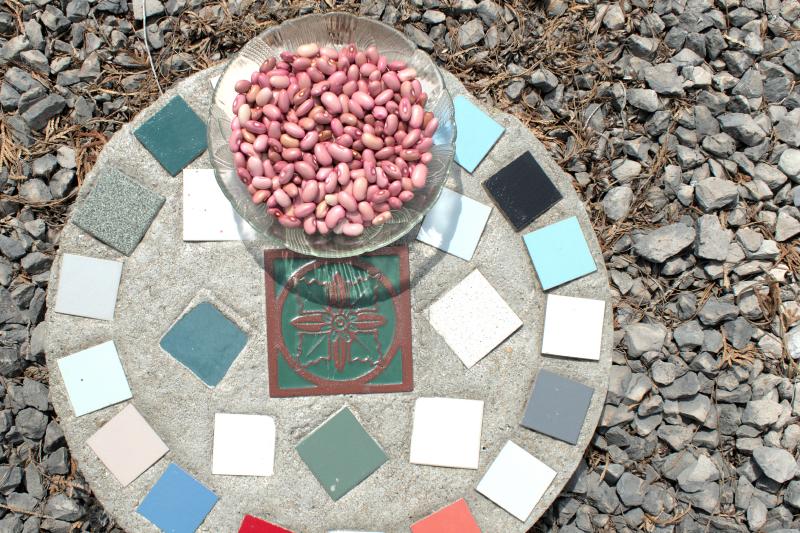Pulsegleaner
Garden Master
- Joined
- Apr 18, 2014
- Messages
- 3,651
- Reaction score
- 7,314
- Points
- 306
- Location
- Lower Hudson Valley, New York
I think Bantu just has very jiggly genes, given the fact that the reverse happened to me (planted many colors, got only solid purple round back). HOW it flips around so much (not just in seed coat color and pattern, but also in seed shape) I have no idea.I'm hoping someone might be able to explain how Ugandan Bantu 'works' for lack of a better word? I know it's a diverse population of seed coats - but does each type reproduce itself? Do they flop back and forth through generations, or each distinct & stable? I'd really like to know how this variety has come to include that diversity?
Collected more pods from Ugandan Bantu today, which got me wondering in the first place. I recall planting the small round purple seed but not the other kidney shaped ones. Is it the variety, a cross, natural variation?
View attachment 51701View attachment 51700
@Zeedman I LOVE Solwezi!!!Even pinker than I imagined it would be! Ooooh, I am enjoying these pink speckles. I checked out the name, turns out Solwezi is a town in Zambia.
Same thing happened with Fort Portal Mixed (different from Fort Portal Jade). every color went in, only purple came out, on plants that (with one minor exception) were all identical.

